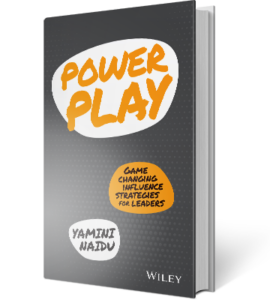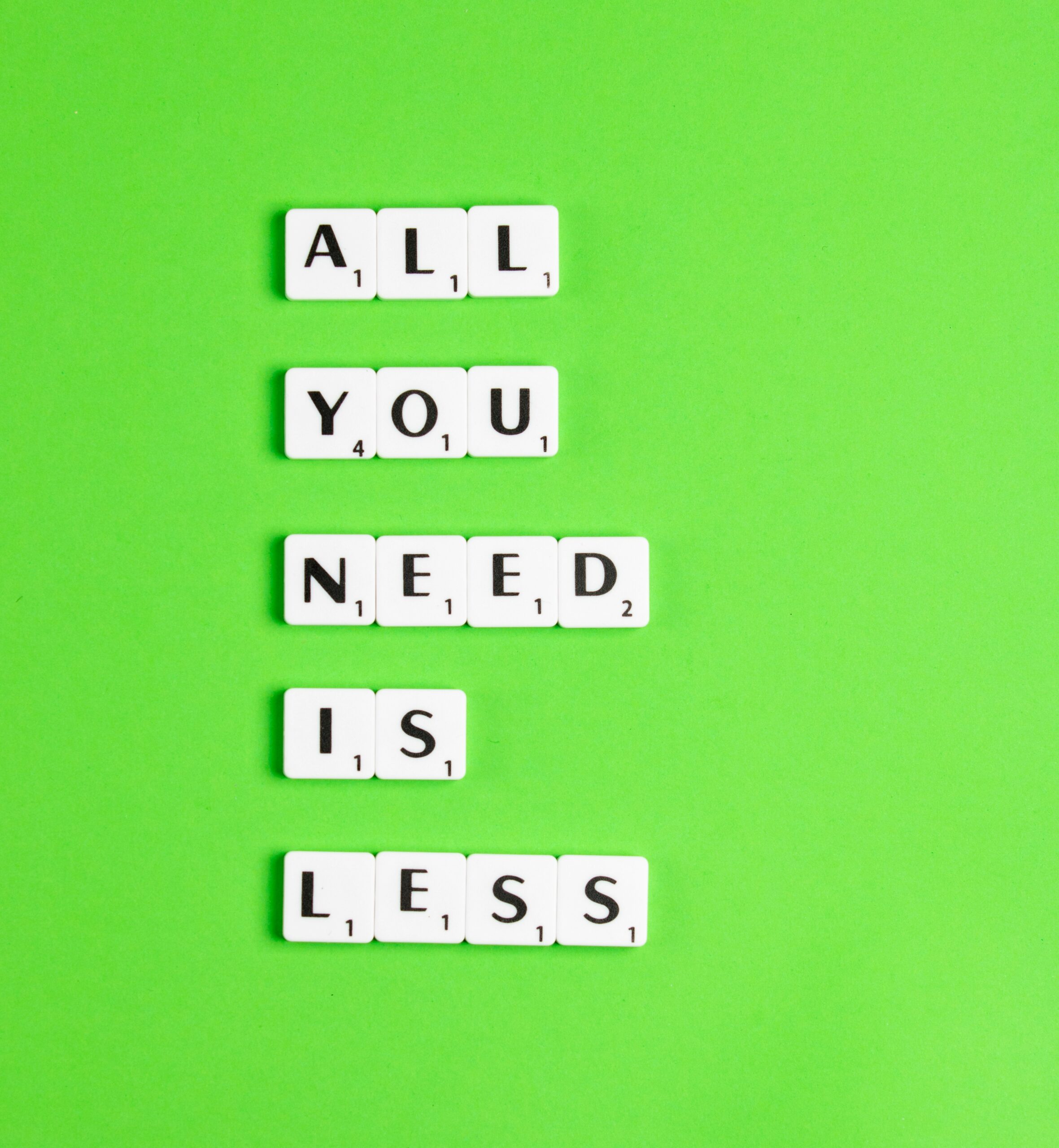Your first do or die moment as a presenter is to get your audience’s attention. You have to do this in the first 30 seconds. Every presenter needs a hook at the start of their presentation, in order to grab attention in an attention-deficit world. This is your ‘have them at hello’ moment.
Once you get your audience’s attention, your next challenge is to keep your audience’s attention. This second do or die moment is where most presenters are challenged. One way of keeping your audience’s attention is to think of the key points you are making in terms of headlines, or bumper stickers.
Avoid fluffy or vague statements. For example, instead of saying change is inevitable but difficult and, unless we give it our best, change will not happen (yawn), and imagine the reaction if you had announced that 80% of change efforts are doomed to fail. Then back it up with an explanation and anchor this point with an example, a story or a question.
Keeping your audience’s attention is always a three-step dance. It begins with your bumper sticker statement followed by an explanation, which is then anchored with a case study, a story or humour. The bumper sticker and the anchoring helps the audience remember what you said, and keeps their attention in the room with you. Even if their attention wanders, and it will, both these tools help you reel back attention to the point you are making.
Your last do or die job is to give your audience something to do at the end of it all, a call to action. If your call to action is simply the desire to inform your audience then don’t waste their time, just send them an email!
A call to action could be varied depending on the purpose of your presentation and your audience. You need to be clear on what you want your audience to think, do or feel as a result of your presentation, so you issue a call to action at the end of your presentation. Most presenters fall down at this point and stop short of completing this third step. They leave their audience feeling ambiguous or unsure about what they have to do next.
But inspiring presenters understand the power that every presentation packs in its ending. Speaking after the massive manhunt that led to the capture of the second suspect in the recent Boston Marathon bombings, Barrack Obama ended his address by saying:
“We have the courage, resilience and spirit to overcome these challenges and to go forward as one nation, under God, indivisible, with liberty and justice for all.”
So how are you going to get and keep your audience’s attention, and what call to action will you issue at the end of your next presentation?

Power Play
Great leaders are mega influencers, but could their tools of influence be out of date? To influence today, you need more than just the traditional approaches of yell and tell (coercion) and sell (persuasion). With this book, learn new and commercially savvy alternatives that will help you deliver outstanding results in the modern workplace. Influencing others isn’t magic – it’s a skill that you can make work for you.
Recent Posts
You Won’t Believe What I Saw in the Park

My name is Yamini Naidu, and I’m an addict

One power move for every time you present

Fascinating, but I’m not sure I could – can you?

One technique that changed my presentations forever

I went psycho in the gym this morning
Categories
- Books2
- Business storytelling articles37
- Business storytelling examples47
- Business storytelling techniques75
- Business Storytelling training64
- Case Study5
- Conference Speaker3
- Examples of Story66
- Inspiration33
- Interview with…7
- Latest Posts185
- Life hacks3
- Presentation Skills17
- Speaking11
- Technology3
- Thoughts111
- Uncategorized3
- X Factor12

